Royal Seal of Approval: What is a Great Seal?
What are the Great Seals of the Realm?
Since the reign of Edward the Confessor in the eleventh century, the Great Seals of the Realm have been used in Britain to symbolise the official will and authority of the monarch.
Referred to as the ‘clavis regni,’ or ‘key of government,’ they are such critical tools of state that historically, counterfeiting them was deemed high treason, punishable by death.
Their role has remained virtually unchanged for the past 1,000 years – still used in the twenty-first century as they were in the eleventh. All important state documents have to include a seal as the physical mark of royal ratification.
Every monarch has had their own unique seal – with some even having multiple if they ruled for many years. This is because of the composition of a Great Seal.
And The Royal Mint have brought this historic tradition to life with a brand-new recreation of Henry VIII’s seal. You can secure it now in Proof or Silver quality by clicking here, or read on to learn more…
How a Great Seal is Made
Consisting of a pair of silver moulds, or matrices, into which the monarch’s design has been engraved. Cakes of softened wax or more recently of a plastic compound are placed alongside a set of ribbon or cord in between the matrices and when pressure is applied, an impression of the design is made on both sides. The Great Seal can then be attached to the important state document using the loose end of the ribbons or cord. You can see this in the image below.
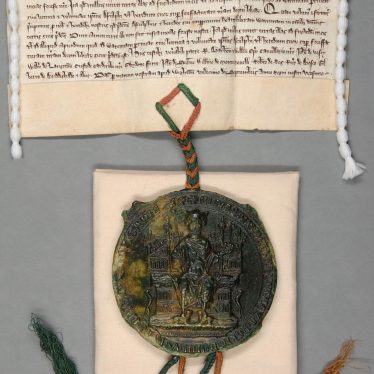
Warwickshire County Record Office reference CR341/2
So, from this process you can imagine that during a long reign the silver matrices would become worn until they could no longer be used. Only one Great Seal is to be in use at a time, therefore the old one is ceremonially defaced and presented by the monarch to the Lord Chancellor.
Interesting Fact
During the 63-year reign of Queen Victoria, four Great Seals were created.
What was the Lord Chancellor’s role?
Traditionally, the Lord Chancellor has been the custodian of the Great Seal. This is because the office originated as secretary to the Monarch, responsible for supervising, preparing and dispatching the Monarchs letters. This meant that they had the use of the Sovereign’s seal, which soon became the symbol of the office.
Each Great Seal is kept in a richly decorated purse, and it was customary to present a new purse each year.
Interesting Fact
Lord Eldon, during the early nineteenth century, received so many of the elaborately decorated purses that his wife was able to turn them into bed hangings.
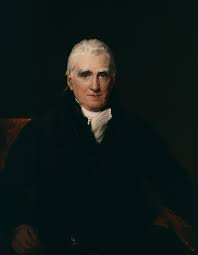
How the Great Seal has adapted to modern times
Due to the expansion of the UK government’s dealings over time, the amount of wax used to make the Great Seals each month reached a peak of 50 kilogrammes. This resulted in The Crown Office Act of 1887. The act declared that many of the documents once passed under the seal would now be ratified with a new device called the Wafer Seal.
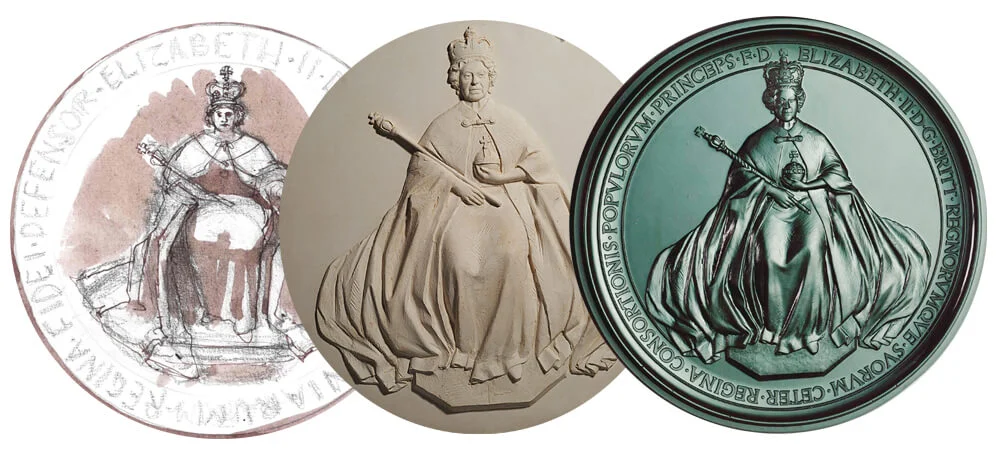
This device has the obverse design of the Great Seal and makes an impression on paper, which can be on the document itself or on a separate wafer. The traditional version of the Great Seal made of wax or plastic compound is now reserved for documents deemed to be of the utmost importance such as treaties with foreign governments.
Interesting Fact
Queen Elizabeth II had two seals during her reign – the first came into service in 1953 and lasted all the way to 2001, when the new seal was produced.
Royal Mint Release
The Great Seals fascinating history is incredibly tied with our monarchy and democracy – a true representation of our constitutional monarchy.
The brand-new Royal Mint release is a stunning embodiment of this century old tradition.
Remastered from specimens held in The Royal Mint Museum’s collection, you have the opportunity to own a high-quality recreation of Henry VIII’s Great Seal. One of the most notorious monarchs in British history.
The official Royal Mint packaging ties in perfectly, with the ‘cords’ featured that are involved in the production and attaching of the Great Seal to the state document – as well as exploring Henry VIII’s unique royal seal and its historical significance.
Click here to explore the range today >>
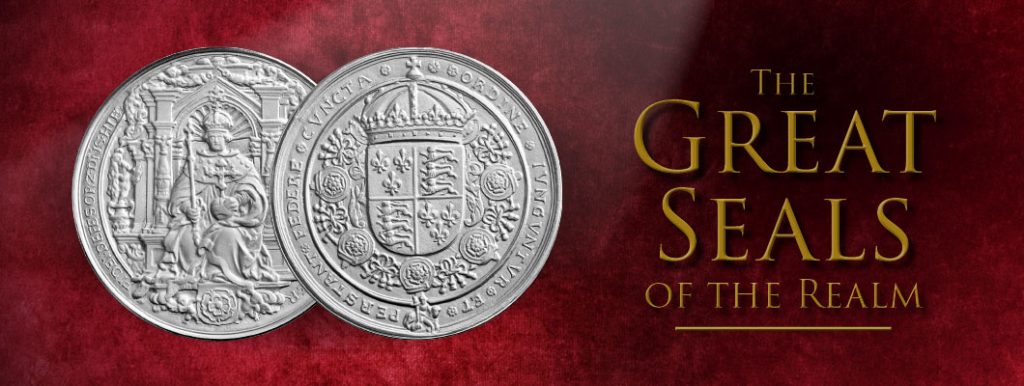
Bringing Aviation History Home – The Concorde Signed Frames
Imagine soaring through the skies aboard Concorde, where speed meets history. On October 1st, 1969, Concorde exceeded Mach 1 for the first time, marking a monumental moment in aviation history. This marvel of engineering didn’t just redefine air travel, it created legends. Now, you can bring a piece of that legendary flight into your own home with this exclusive Concorde Signed Frame.
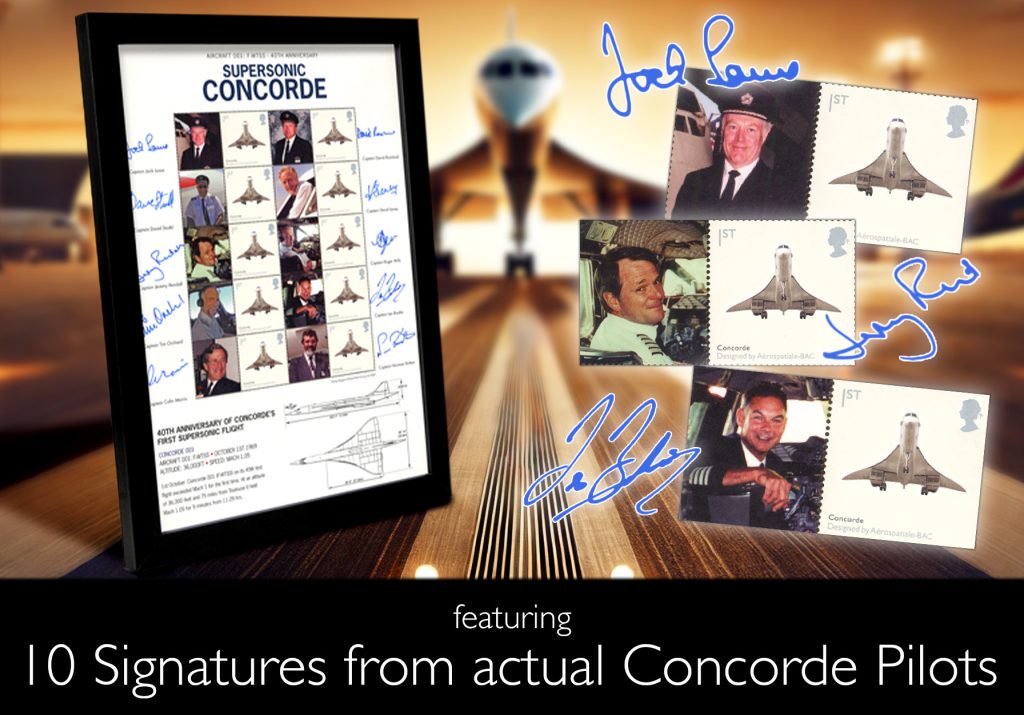
Each frame has been graced with the authentic signatures of ten distinguished Concorde pilots, including Captain Colin Morris, whose remarkable 28-year tenure in the cockpit exemplifies dedication and expertise.
Meet the Legends Behind the Signatures
Captain Jock Lowe
Origin: Scotland
Concorde Career: Over 25 years
Interesting Fact: Captain Jock Lowe was a prominent figure in British Airways’ Concorde operations, significantly boosting the airline’s profitability during his tenure as Director of Flight Operations. He also famously flew the Concorde in formation with a Spitfire over The White Cliffs of Dover to celebrate the 50th anniversary of the Battle of Britain.
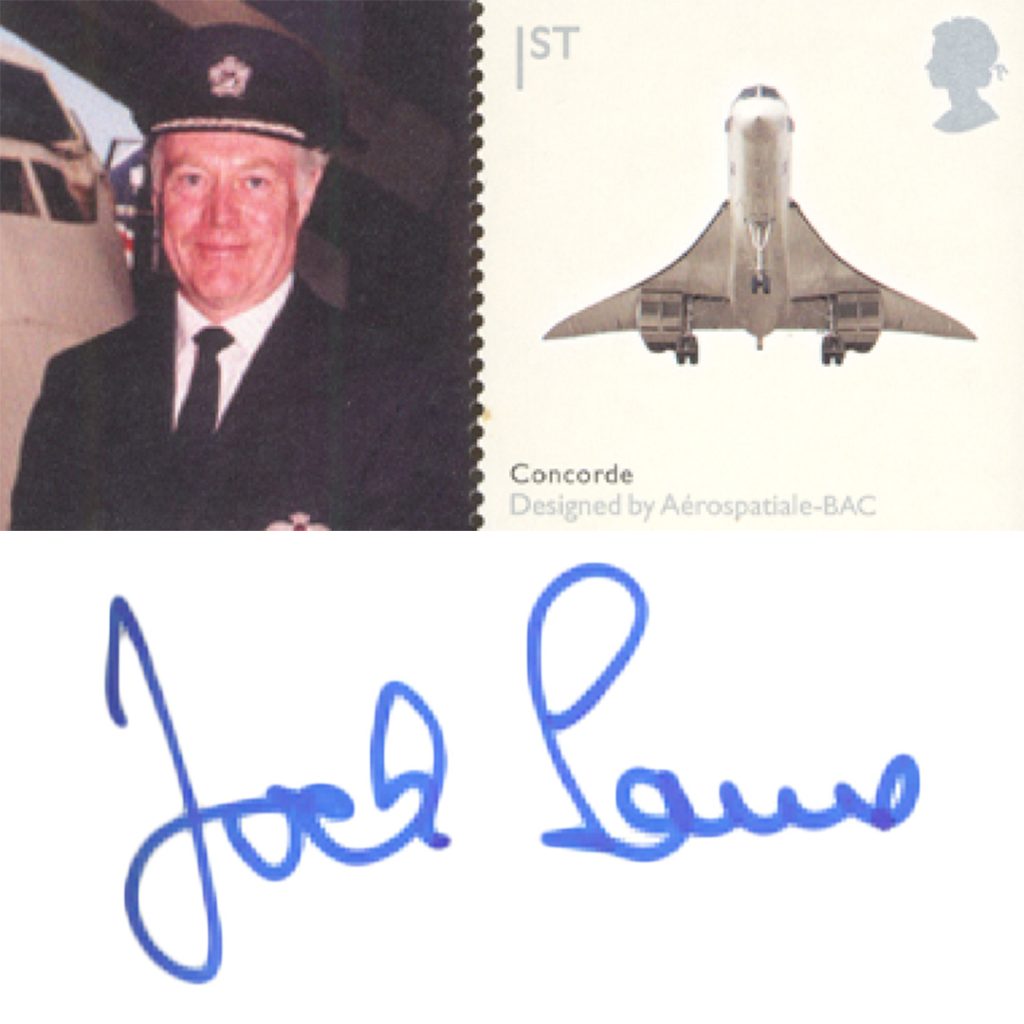
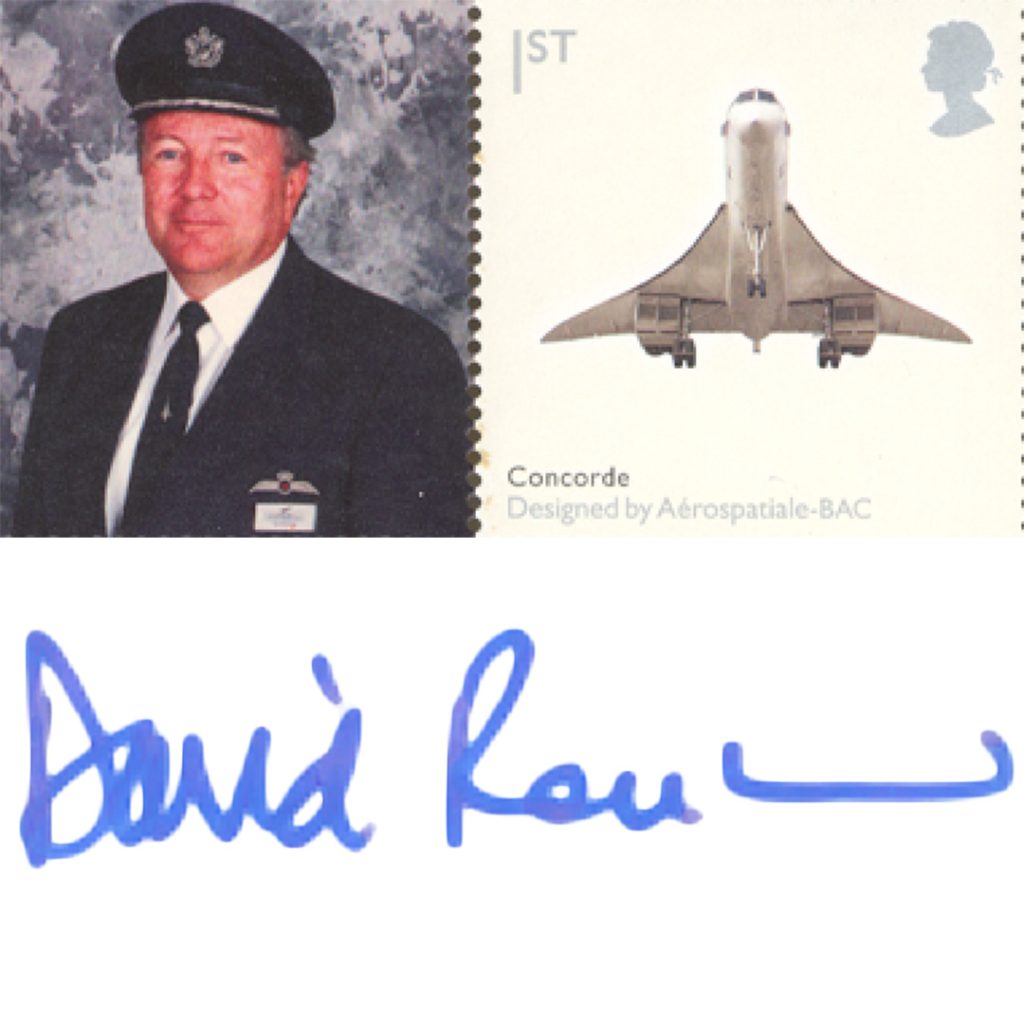
Captain David Rowland
Origin: UK
Concorde Career: Over 15 years
Interesting Fact: Renowned for his engaging in-flight briefings, Captain David Rowland provided passengers with fascinating insights into the workings and history of Concorde, making each flight a memorable experience.
Captain David Studd
Origin: UK
Concorde Career: More than a decade
Interesting Fact: Captain David Studd was one of the select pilots trusted to fly the British royal family, showcasing his exceptional skill and reliability as a Concorde pilot.
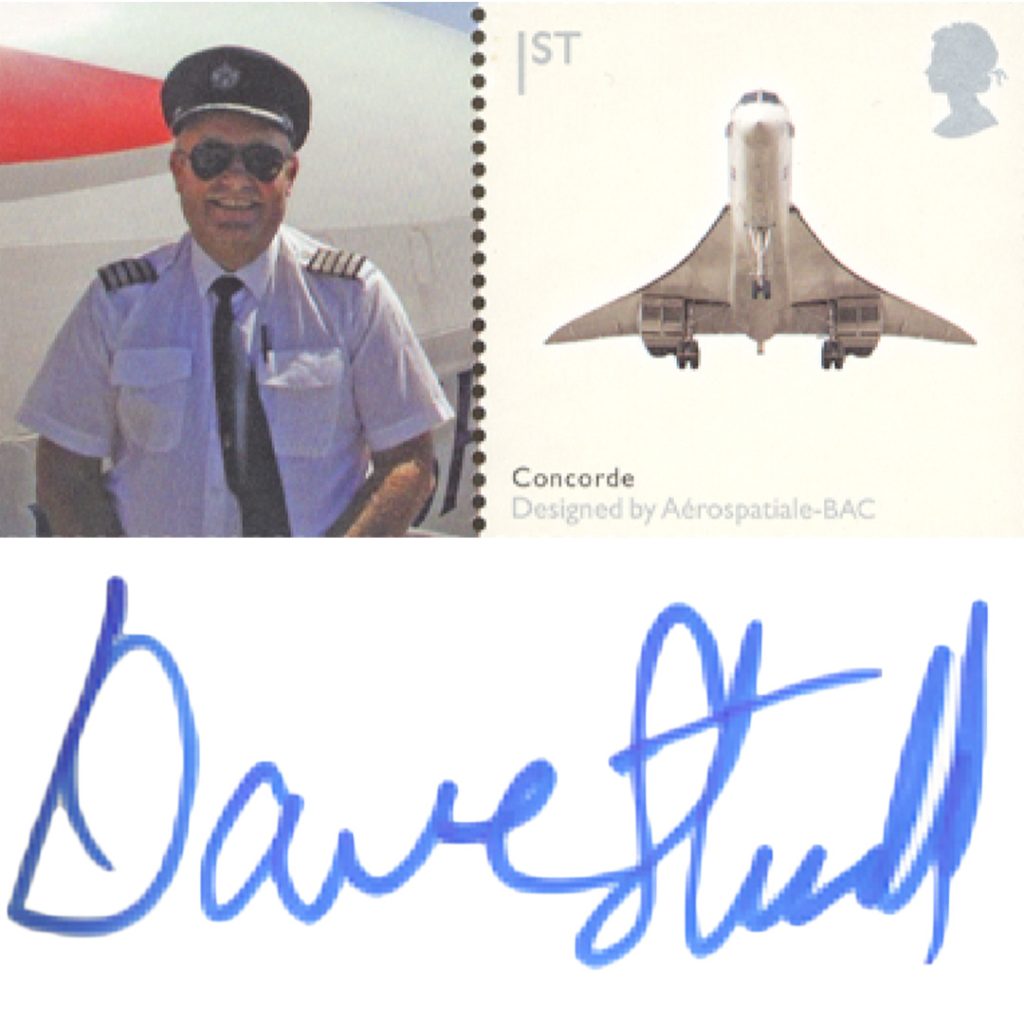
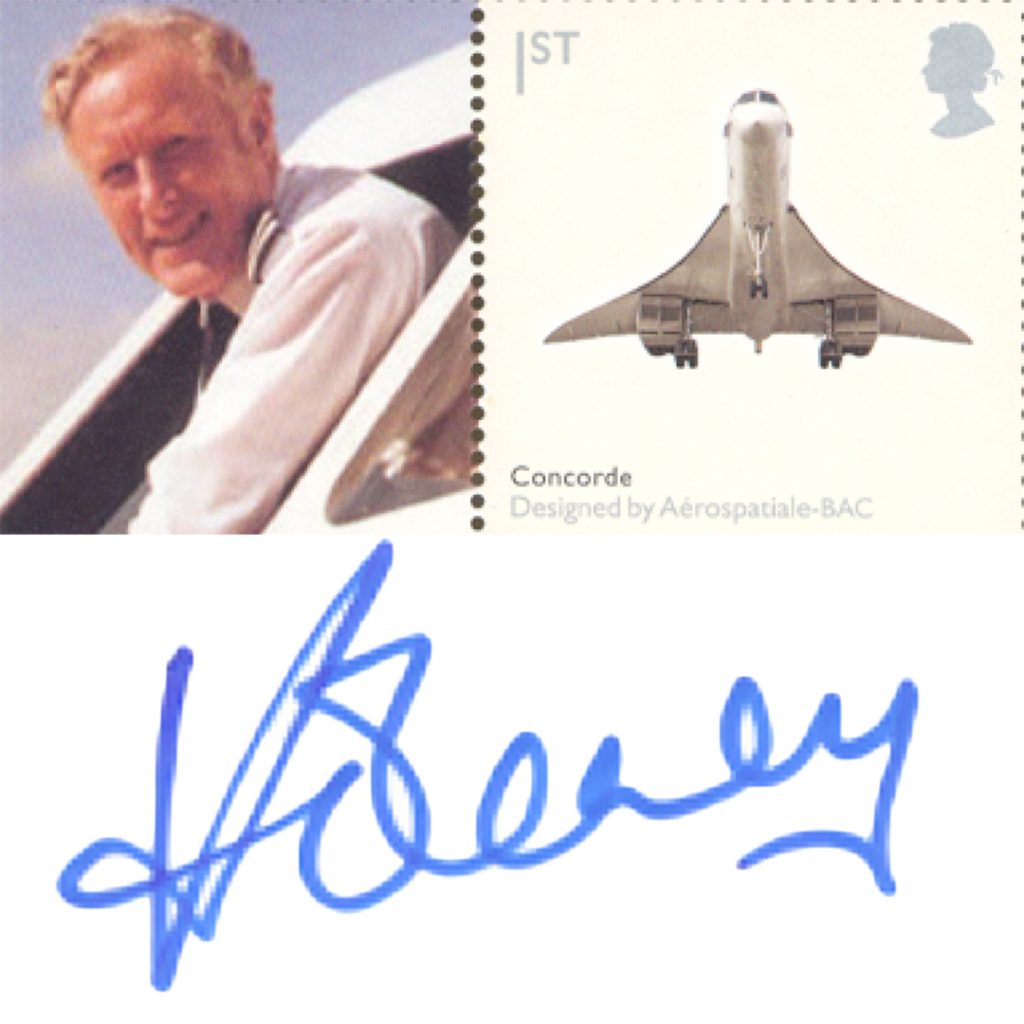
Captain Dave Leney
Origin: UK
Concorde Career: Approximately 12 years
Interesting Fact: Playing a pivotal role in the final flight preparations for Concorde, Captain Dave Leney ensured the aircraft’s last journeys were executed with precision and care.
Captain Jeremy Randall
Origin: UK
Concorde Career: Over 10 years
Interesting Fact: Participating in several aviation documentaries, Captain Jeremy Randall shared his extensive knowledge and passion for Concorde with a broader audience.
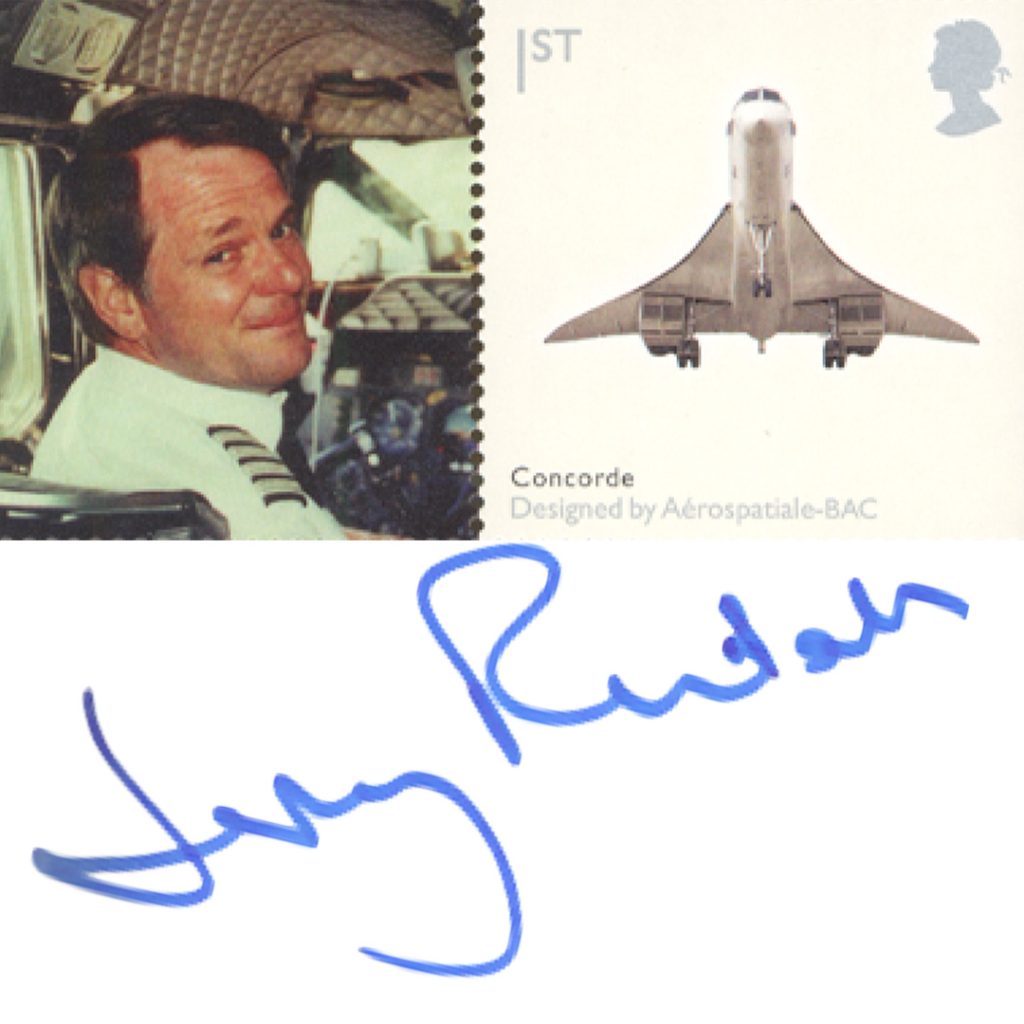
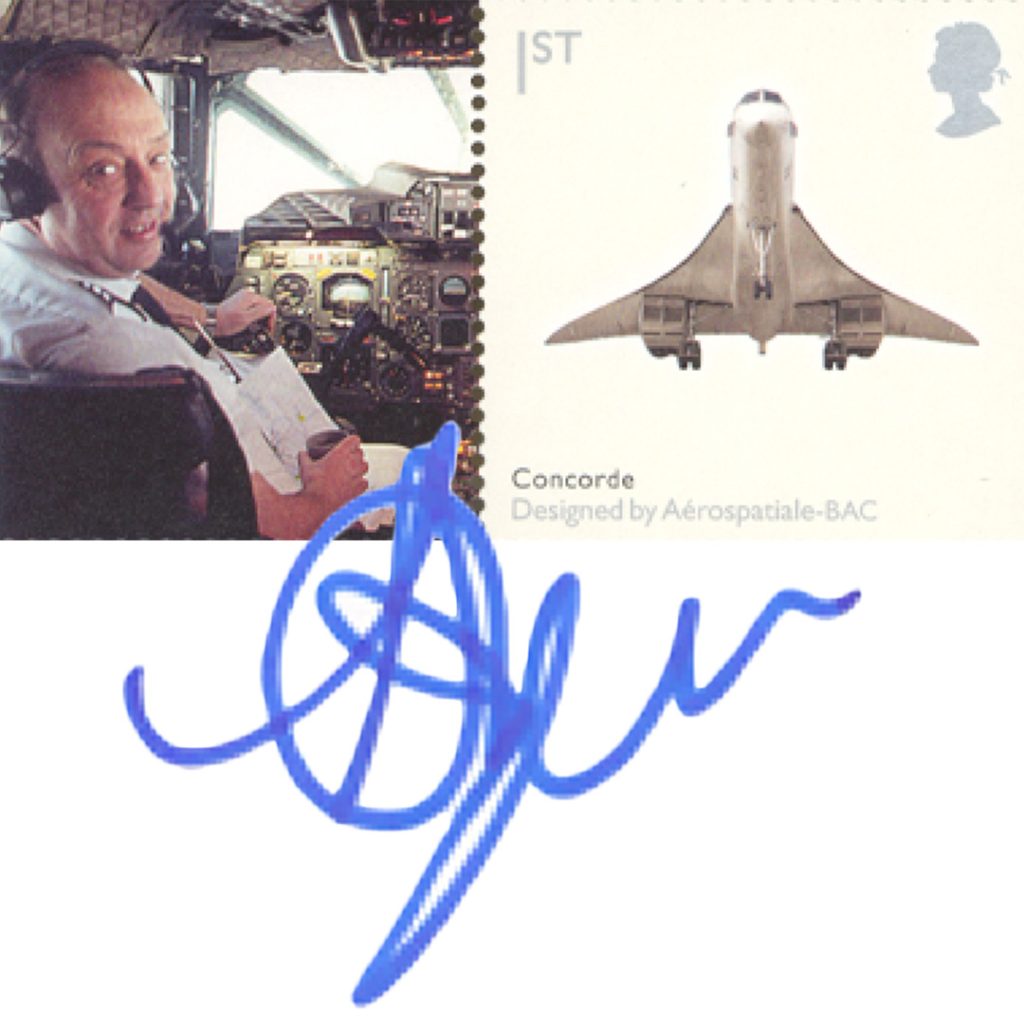
Captain Roger Mills
Origin: UK
Concorde Career: More than a decade
Interesting Fact: Instrumental in developing new flight procedures and training programs for Concorde pilots, Captain Roger Mills enhanced the safety and efficiency of Concorde operations.
Captain Tim Orchard
Origin: UK
Concorde Career: Nearly 15 years
Interesting Fact: Captain Tim Orchard was Senior First Officer on the record-breaking Concorde flight between New York and London, achieving a flight time of 2 hours, 52 minutes, and 59 seconds.
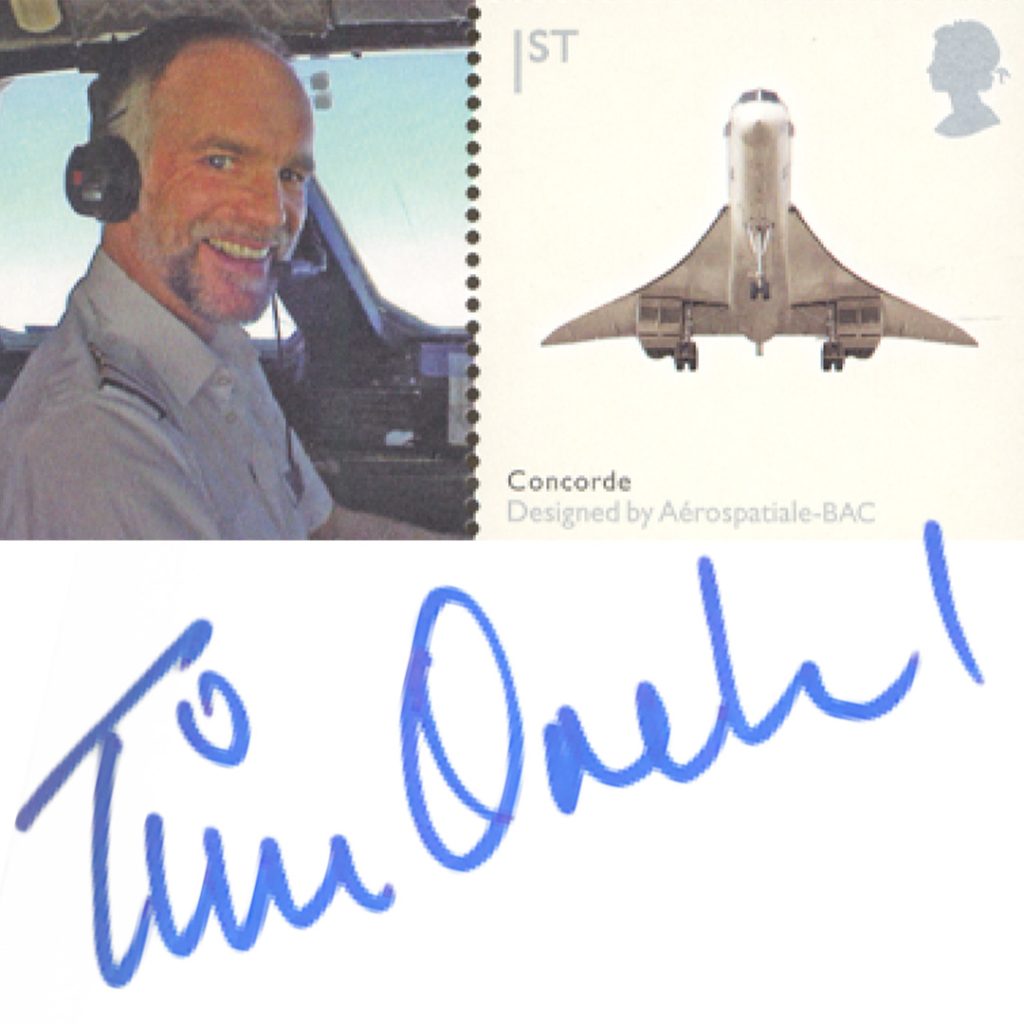
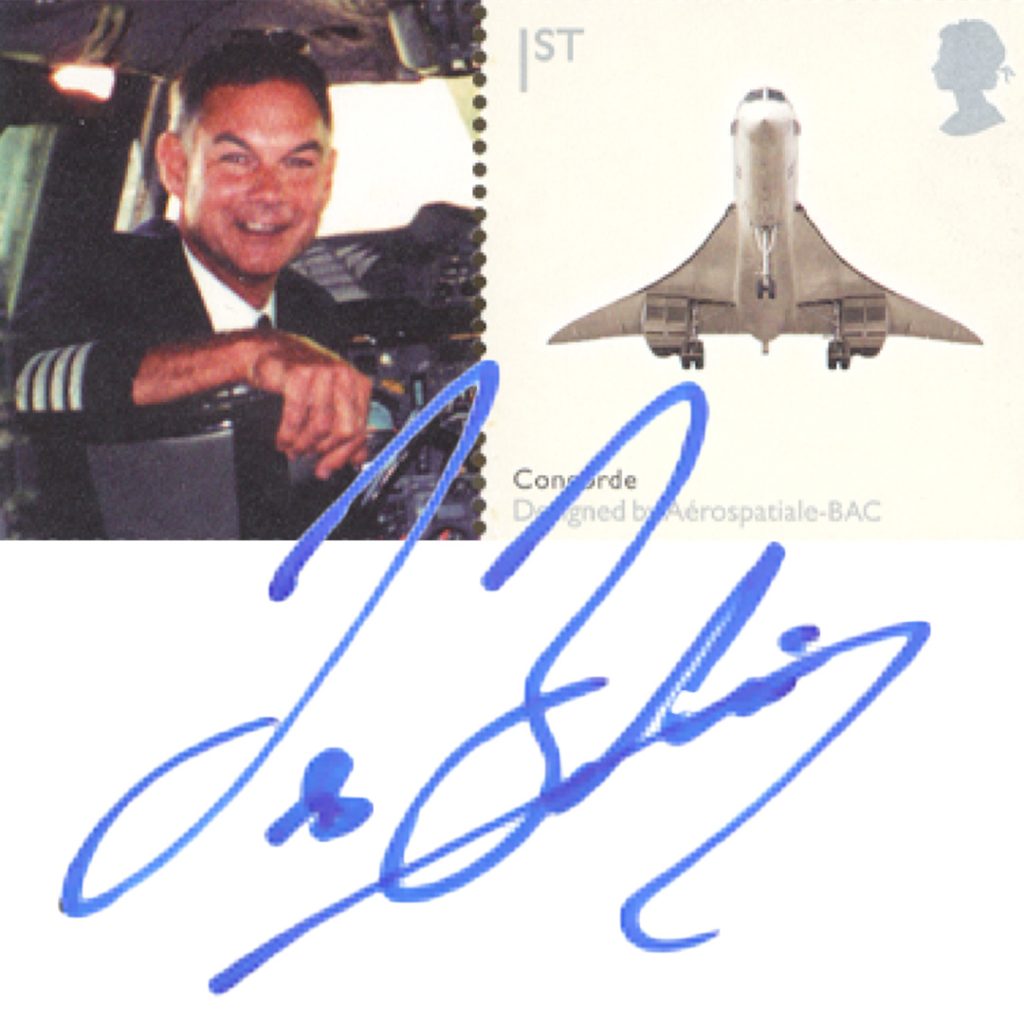
Captain Les Brodie
Origin: Scotland
Concorde Career: Over a decade
Interesting Fact: On August 30, 2003, Captain Les Brodie piloted G-BOAC on the last scheduled supersonic service from Barbados, marking a historic moment as the Concorde bid farewell to the Caribbean.
Captain Colin Morris
Origin: UK
Concorde Career: Around 28 years
Interesting Fact: Actively involved in air shows and aviation events, Captain Colin Morris often flew Concorde for special demonstrations. He flew the Concorde to Athens to celebrate the 60th anniversary of the Greek association.
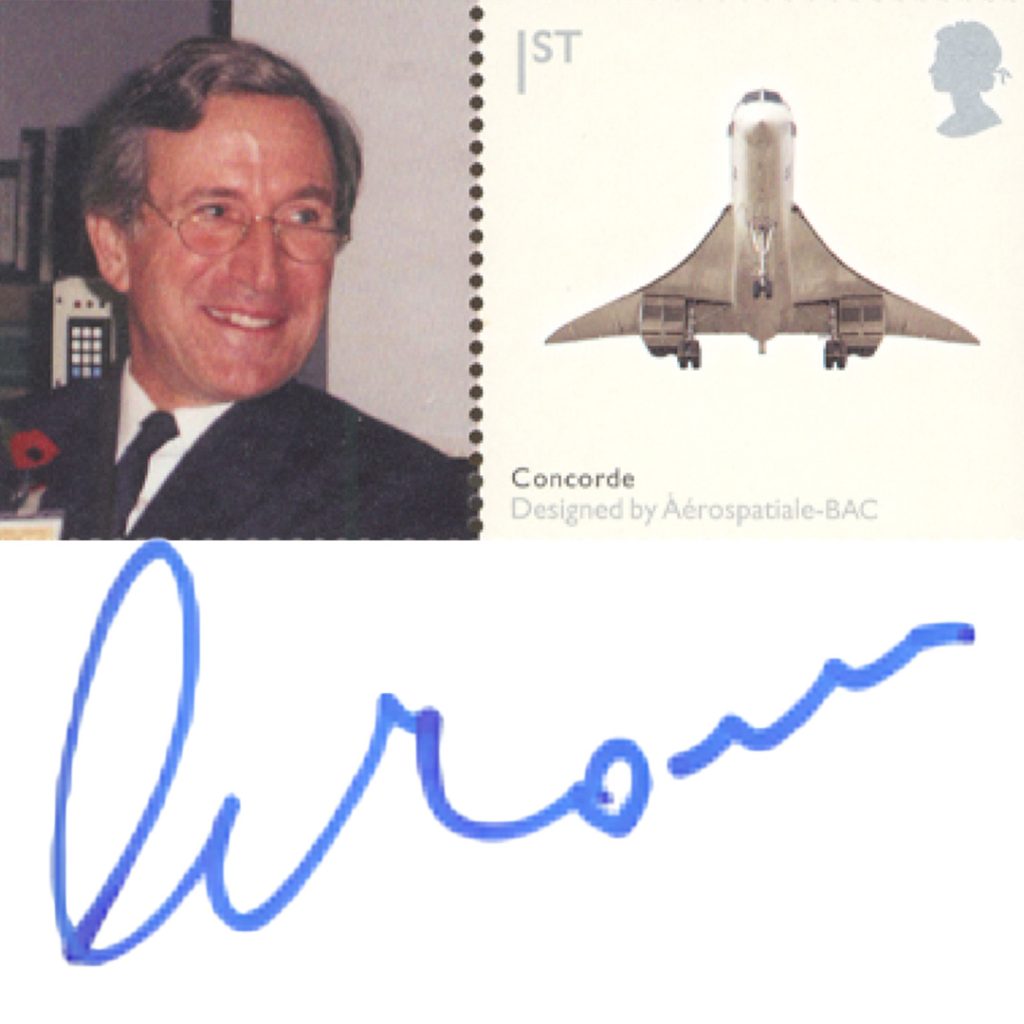
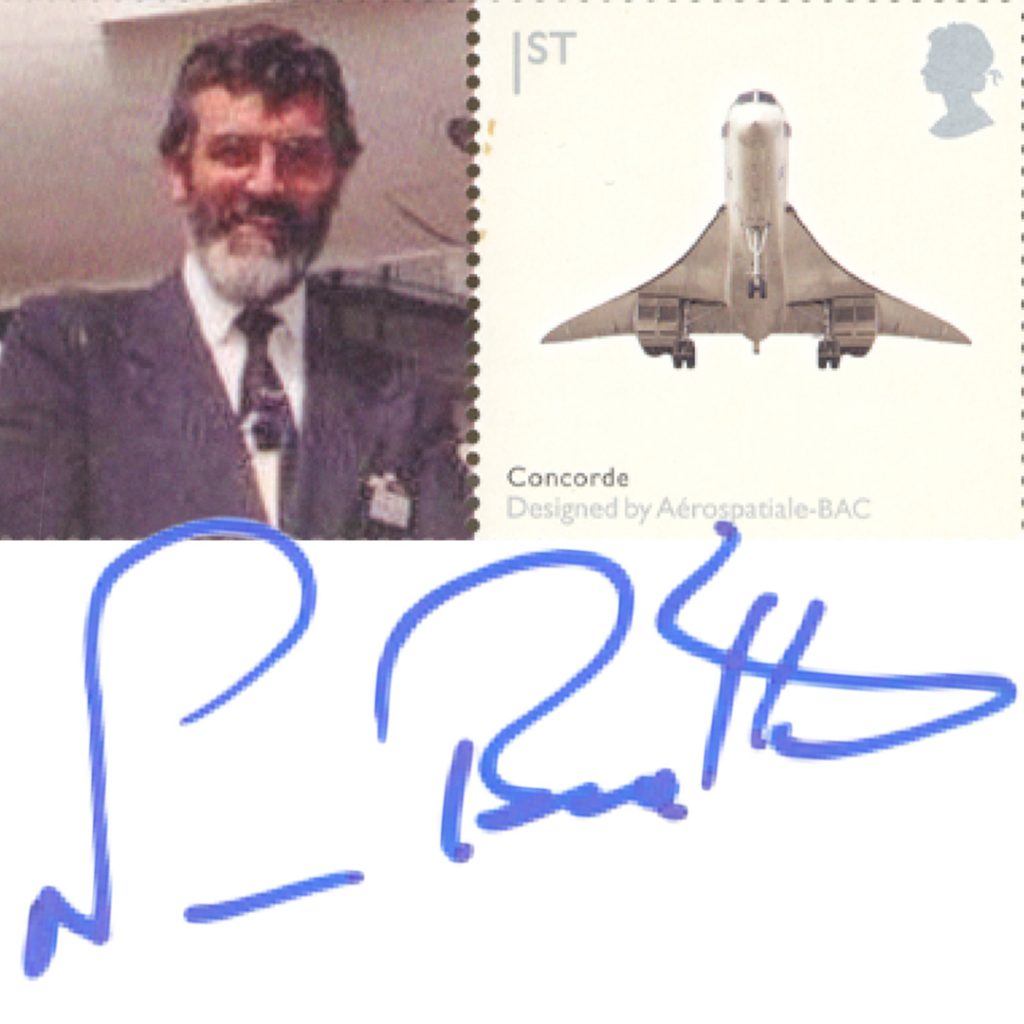
Captain Norman Britton
Origin: UK
Concorde Career: Over a decade
Interesting Fact: Captain Norman Britton was a mentor to many aspiring Concorde pilots. On April 14, 1990, he set a New York to London record with a flight time of 2 hours, 54 minutes, and 30 seconds.
The Concorde Signed Frame isn’t just a collectables, it’s a tribute to the pilots who made aviation history. Each signature tells a story of dedication, precision, and passion for flight. Bring the legacy of Concorde into your home, and relive an era when the skies echoed with the roar of supersonic travel.
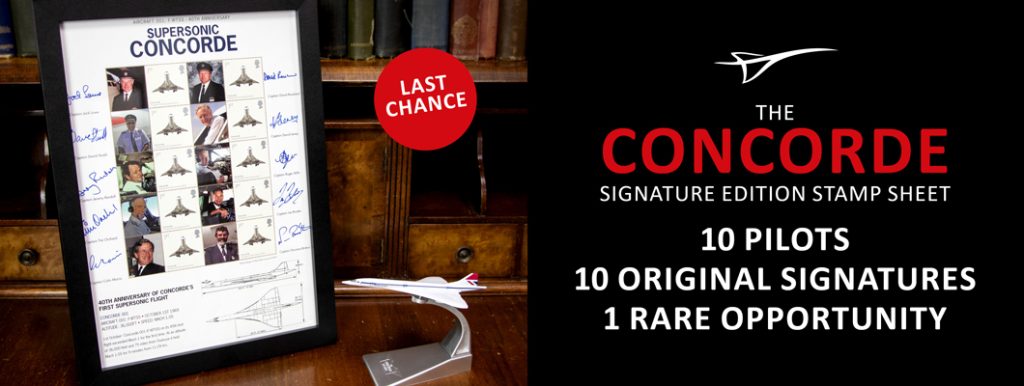
Churchill’s “V for Victory” Campaign: A Leader’s Powerful Symbol of Unity
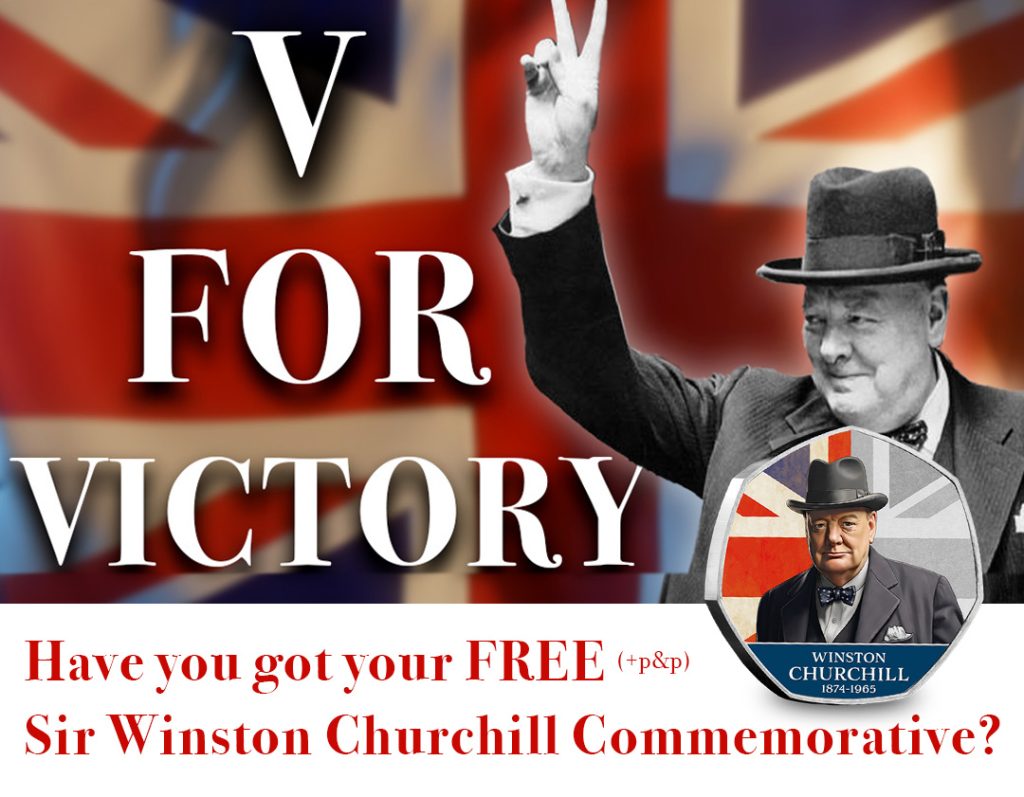
On July 19, 1941, Winston Churchill, our steadfast British Prime Minister, introduced a potent symbol of hope and defiance: the “V for Victory” campaign. This emblem of resistance became a rallying cry for the Allied forces and occupied Europe, showcasing Churchill’s leadership and his ability to inspire a war-torn world.
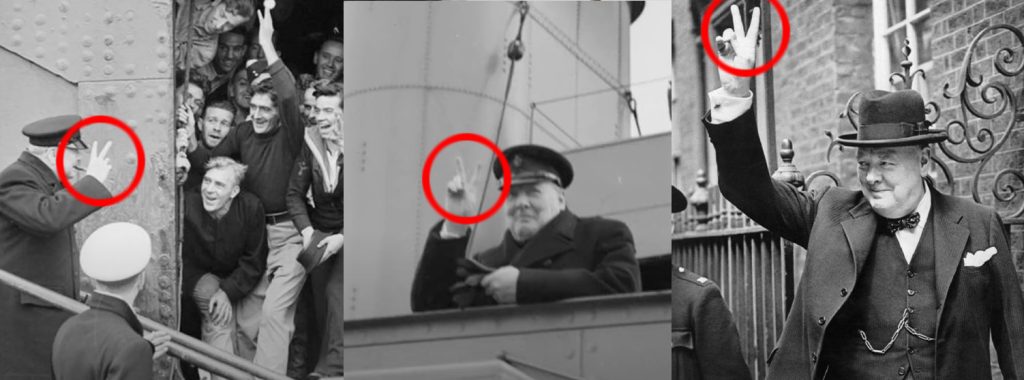
The Origin of the “V” Symbol
The idea of using the letter “V” as a symbol of victory came from Victor de Laveleye, a Belgian politician and broadcaster. In January 1941, de Laveleye suggested that “V,” the first letter of “victoire” in French, “vrijheid” in Dutch, and “victory” in English, could unify those resisting the Axis powers. This simple yet profound idea quickly spread, as people across occupied Europe began marking the letter “V” in public places as a silent act of defiance.
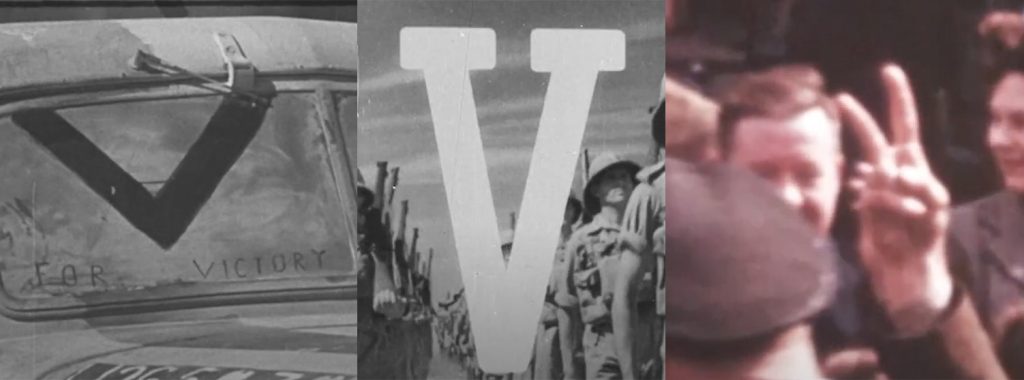
Churchill’s Leadership and Promotion of the Campaign
Churchill saw the potential of the “V” sign to inspire the public. On July 19, 1941, he endorsed the “V for Victory” campaign in a radio broadcast, urging people everywhere to adopt the symbol as a gesture of defiance and hope.
Churchill himself frequently made the “V” sign with his fingers during public appearances, creating a powerful visual connection between his leadership and the cause of victory. This gesture, captured in photographs and newsreels, became synonymous with his indomitable spirit.
The British government supported the campaign vigorously. The BBC integrated the Morse code for “V” (dot-dot-dot-dash) into its broadcasts, often using the opening notes of Beethoven’s Fifth Symphony, which matched this pattern. Posters, leaflets, badges, stickers and even cigarettes helped spread the “V for Victory” message far and wide.
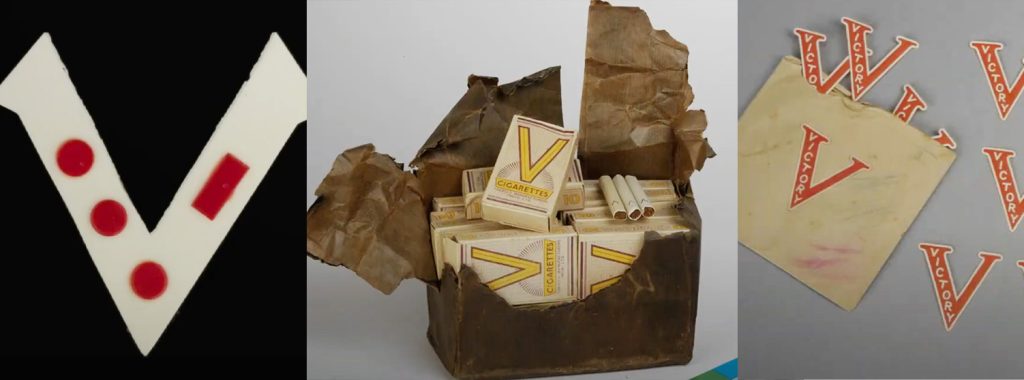
The Impact of Churchill’s Symbol
The “V for Victory” campaign significantly boosted morale in both occupied and free nations. For those under Nazi control, the symbol provided a sense of solidarity and hope, reminding them that liberation was possible. In Allied countries, it reinforced the resolve to support the war effort and remain united against tyranny.
The widespread use of the “V” symbol also had a psychological impact on the Axis powers, demonstrating the resilience and determination of those they sought to subdue.
Today, Churchill’s “V for Victory” campaign stands as a testament to his leadership and the power of symbols in rallying a nation. His strategic use of the “V” sign not only galvanised the war effort but also left a lasting legacy of hope and unity that continues to inspire.
Churchill’s ability to transform a simple idea into a powerful emblem of resistance and victory exemplifies his extraordinary leadership during one of history’s darkest times. The “V” sign remains a timeless symbol of the enduring human spirit and the fight for freedom.
Thank you for reading.
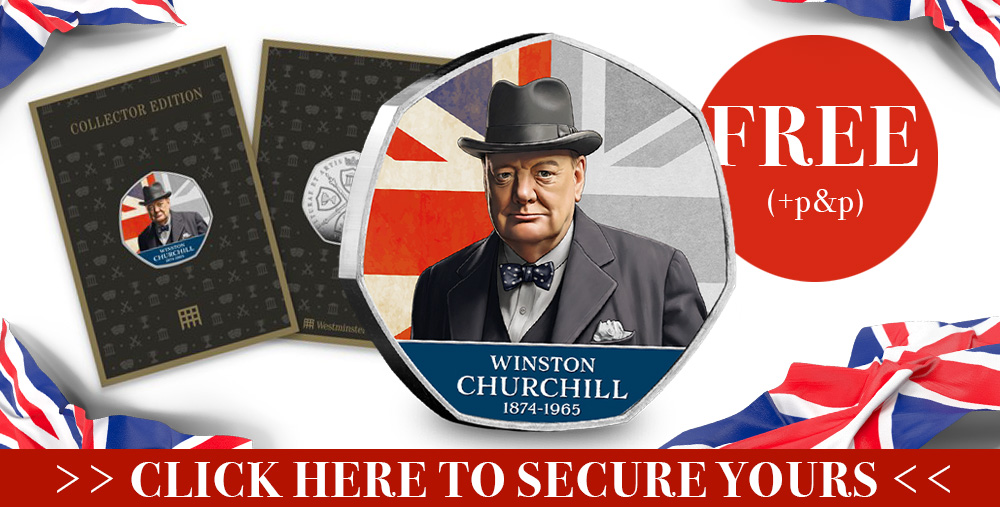
>>> Click here to secure your Sir Winston Churchill Commemorative now <<<
